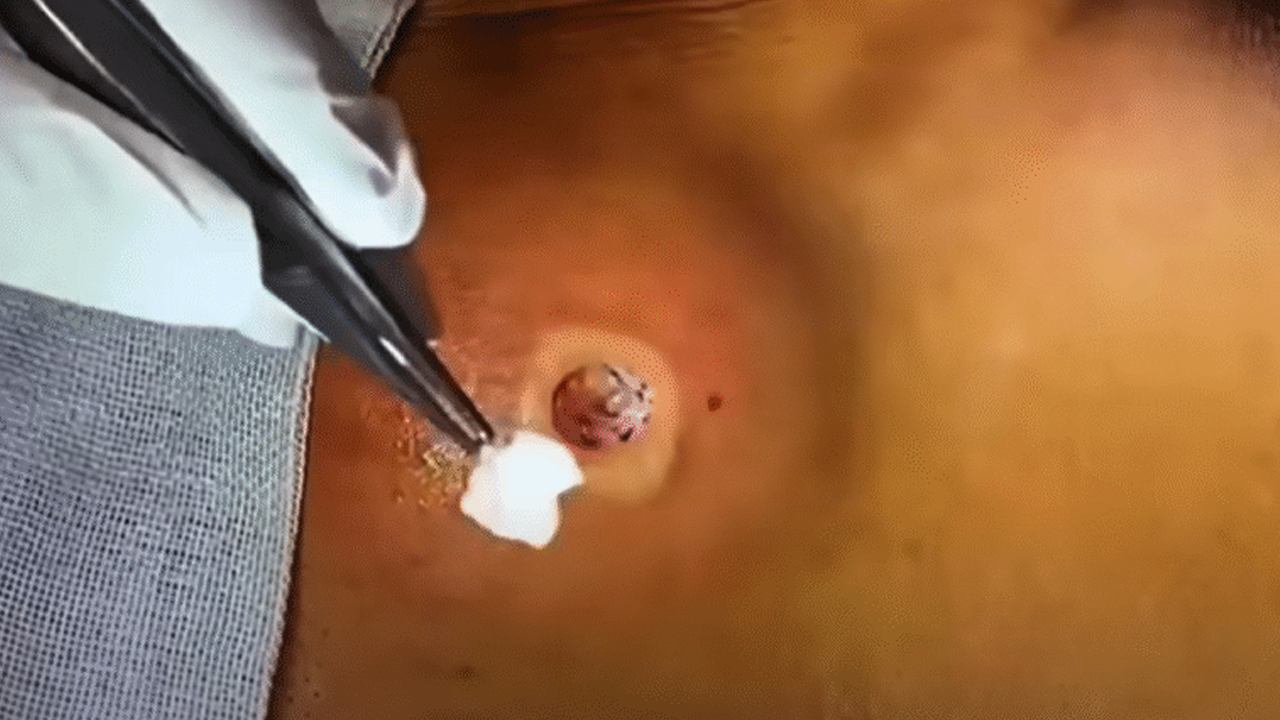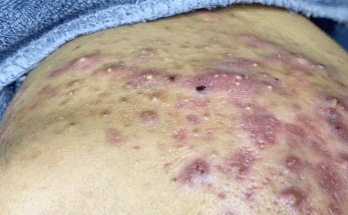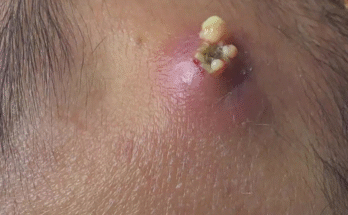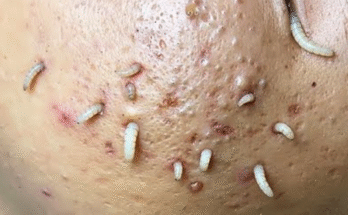Understanding Skin Lumps: Lipomas vs. Cysts
Skin lumps can be unsettling, prompting questions about their nature and treatment. Two common types are lipomas and cysts, each requiring a distinct approach. This comprehensive guide will help you understand the differences and when to seek professional help.
Lipomas: A Closer Look
What are Lipomas?
Lipomas are benign (non-cancerous) tumors composed of mature fat cells. Imagine them as soft, rubbery pockets of fat nestled just beneath the skin’s surface. They’re typically painless and move easily under the skin. Their size varies, ranging from small to noticeably larger over time. You’ll often find them on the shoulders, back, arms, and thighs. Their slow growth is a key characteristic.
Treatment Options for Lipomas
While often harmless, lipomas can become bothersome if they grow large or interfere with movement. Several treatment options exist:
- Surgical Excision: This is the gold standard for complete and permanent lipoma removal. A small incision is made to remove the entire lipoma, minimizing the risk of recurrence. This procedure is typically performed under local anesthesia.
- Liposuction: A less invasive approach, liposuction uses a needle and syringe to aspirate (remove) the fatty contents of the lipoma. However, it might not remove the entire lipoma, potentially leading to regrowth.
- Steroid Injections: This method aims to shrink the lipoma by reducing inflammation. It’s generally more suitable for smaller lipomas and may not provide complete removal.
When to See a Doctor About a Lipoma
Although generally benign, you should consult a doctor if your lipoma:
- Grows rapidly.
- Becomes painful.
- Restricts movement.
- Causes you concern about its nature.
Sebaceous Cysts: Understanding the Differences
What are Sebaceous Cysts?
Unlike lipomas, sebaceous cysts (also known as epidermoid cysts) are fluid-filled sacs located just beneath the skin. They’re typically filled with keratin, a protein that makes up skin and hair. These cysts often present as small, round lumps, sometimes with a noticeable central pore. Common locations include the face, neck, back, and genitals. While usually painless, they can become inflamed or infected.
Treatment Options for Sebaceous Cysts
Treatment strategies for sebaceous cysts vary based on their size, symptoms, and presence of infection:
- Incision and Drainage: This involves making a small incision to drain the cyst’s contents. While providing temporary relief, it doesn’t remove the cyst wall, meaning there’s a high chance of recurrence.
- Surgical Excision: This is the most effective method, involving the complete removal of the cyst, including its sac. This minimizes the risk of recurrence, especially when the cyst isn’t inflamed.
- Minimal Excision Technique: A less invasive approach, this involves a tiny incision to remove the cyst contents and wall. It leaves a smaller scar but may have a higher chance of recurrence if the entire sac isn’t removed.
When to Seek Medical Attention for a Cyst
While some small, uncomplicated cysts might resolve on their own, consult a doctor if your cyst:
- Shows signs of infection (redness, swelling, pus, pain).
- Is rapidly growing.
- Is causing you discomfort or concern.
Home Care Considerations
For small, uncomplicated cysts that are not infected, applying a warm compress may help reduce swelling and promote drainage. However, never attempt to squeeze or pop a cyst yourself, as this can lead to infection and scarring. Maintain good hygiene with gentle cleansers to avoid irritation. Home treatment is not recommended for lipomas or inflamed/infected cysts.
The Importance of Professional Diagnosis
It’s crucial to remember that this information is for educational purposes only. The best course of action is always to consult a dermatologist or general surgeon for accurate diagnosis and treatment of any skin lump. They can differentiate between lipomas and cysts and recommend the most appropriate treatment plan based on your individual situation. Don’t hesitate to seek professional medical advice if you have any concerns about a skin lump.











